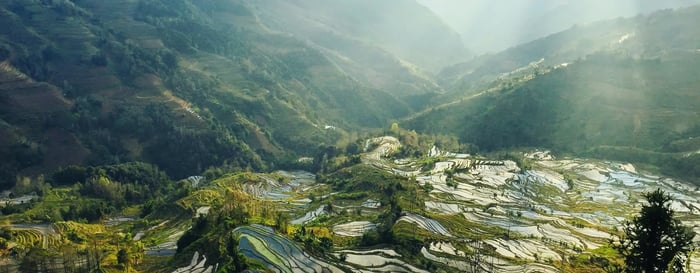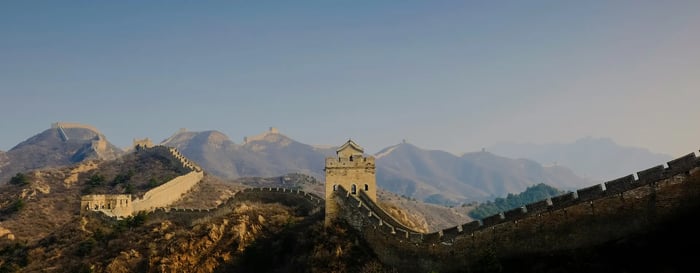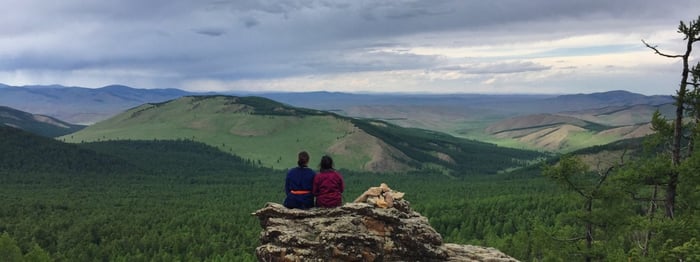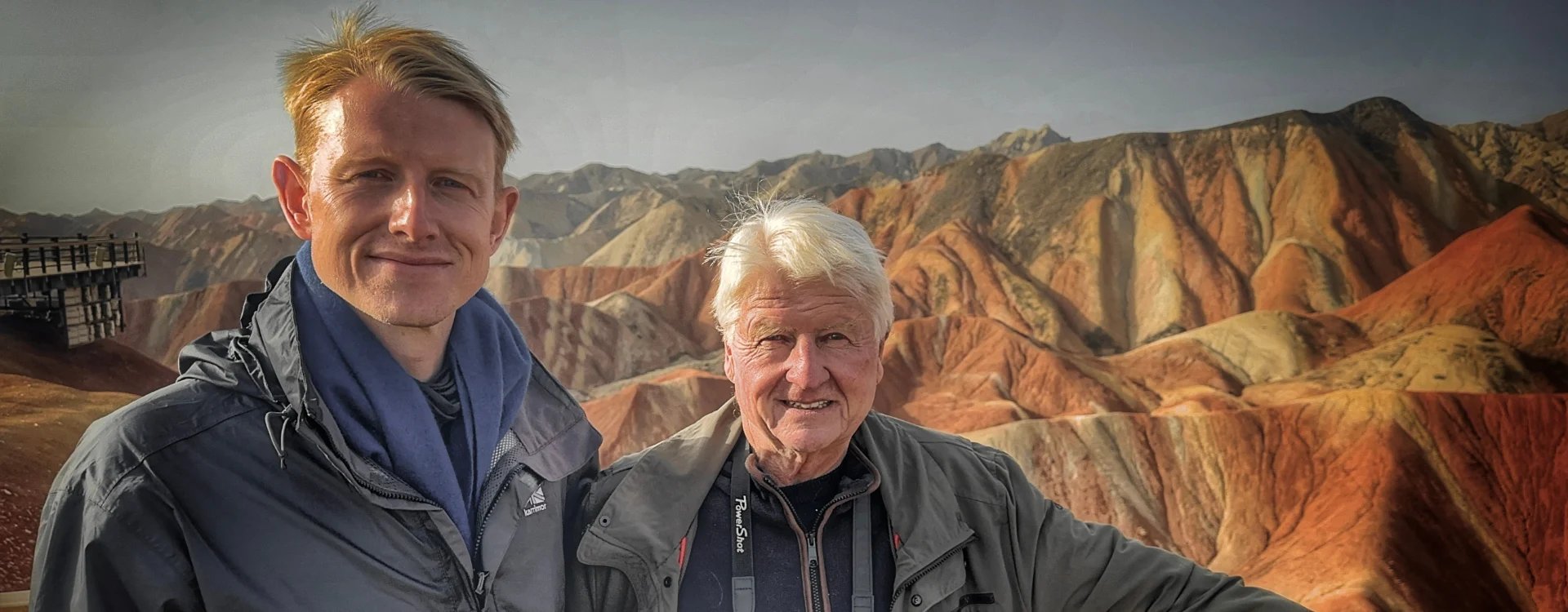
When Max Johnson’s 82-year-old father, Stanley, was invited to complete a journey he began as a student six decades ago — retracing the path of Marco Polo across China — the pair set off on a deeply personal adventure through history, memory, and some of the most remote and mesmerising landscapes on Earth.

Now, 60 years later, OneTribeTV had conjured up the unthinkable. Stanley would, at the age of 82, return to China — only this time he would have his son Max, me, in tow. CCTV – the State Chinese Media organisation — were ready to host us, provide permits and a crew for a seven-week journey across the most beautiful terrain in China.
We had seven weeks, when we needed seven months, to travel across the whole of China from Xinjiang to Shanghai. And I am no stranger to China, having studied in the country in the joyful days of the Beijing Olympics. This was back when everyone was seemingly going to China, studying Chinese, business and trade deals were often talked about. Careers were forged and many aspired to become ‘China Hands’. Xinjiang was actually the first Chinese province I ever visited back in 2005, hitching over the border from Kyrgyzstan, and I was excited to see how much it had changed since then.
A Second Chance, Six Decades Later

Into the Wild West: Xinjiang
And after one false start in the name of Covid-19 where Stanley and half the crew were quarantined for a week which then pushed back production for 6 months, I found myself at 4,693m above sea level at the top of Khunjerab Pass – the highest paved international border crossing between China and Pakistan – with the backdrop of the Karakoram Mountain Range to inspire us.
From there we travelled down to Kashgar at the crossroads of the northern and southern Silk Roads, where traders still make a living – albeit in slightly more modern premises – nonetheless one could imagine how important a commercial centre it must have been. We had two weeks in Xinjiang and even that wasn’t enough time.
After Kashgar we travelled – this time by 4x4 – to Hotan and the renowned jade market, Yarkand and their famed carpets factories, one of which now hangs in Stanley’s living room in Queen’s Park, and then across the mighty Taklamakan Desert. As much as I would have loved to try this on camel, we voted in favour of trying out China’s new 825km Hotan to Ruoqiang railway – an incredible feat of engineering which completed the full 2,700km of railway encircling the world’s second largest sand-shifting desert.
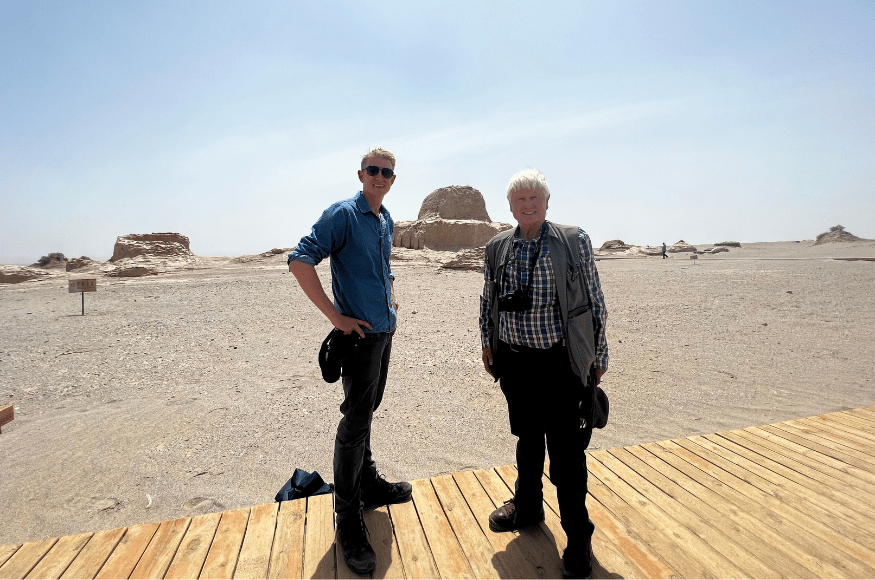
After many hours of seeing sand dune after sand dune, we arrived in Ruoqiang, the capital of the ancient kingdom of Kroraina and Shanshan. It is near Charklik, an incredible archaeological site rediscovered 120 years ago, and the history of which is beautifully retold in a museum housing the Beauty of Loulan – a mummified woman who lived 1800 years BC. This was only week three.
To summarise the trip in a few paragraphs doesn’t really do it justice, but we were treated to a feast of Chinese history and culture. Xinjiang became Gansu, and we began to see the traces of Buddhism arriving in China in the Mogao caves. As we continued our journey East, across the Yellow River and to the water wheels of Lanzhou, one couldn’t help but feel in awe of this country and its people who have come so far on the road of modernisation.
Echoes of Ancient Kingdoms
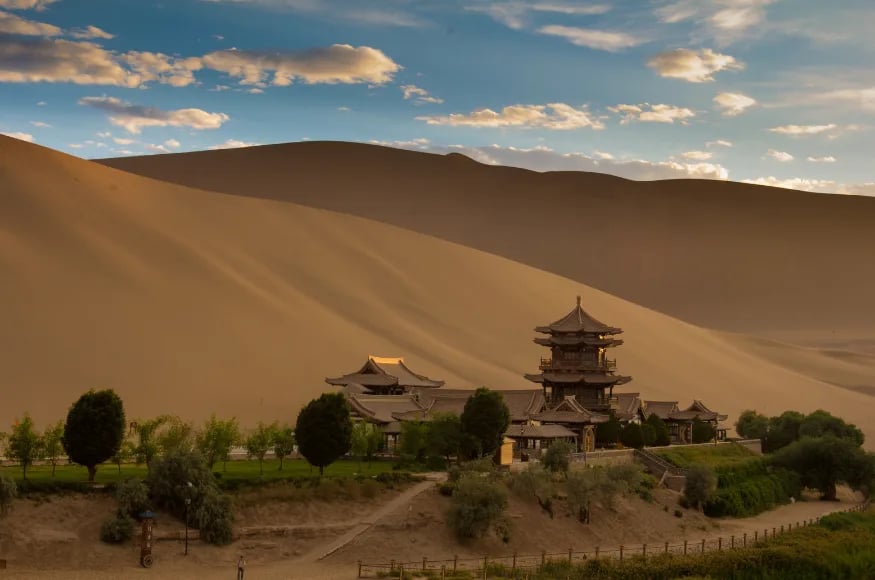
Wines, Warriors and Mongolian Wrestling
We sampled the finest wines – some – Xige – even served to President Macron on his State visit – these being in Ningxia, and then as the landscape became more lush and verdant we arrived in Inner Mongolia. A culture who exerted such an influence not only on China but also the rest of the world. And we had the chance to experience some Mongolian culture.
I was going to opt for the throat singing but Stanley of course thrust me into a bout of Mongolian wrestling. Three rounds and two broken fingers later I emerged definitely having learned my lesson not to think that a black belt in Taekwondo was any match for my opponent. I think the only saving grace was that I didn’t withdraw injured halfway through – the cameras were rolling after all.
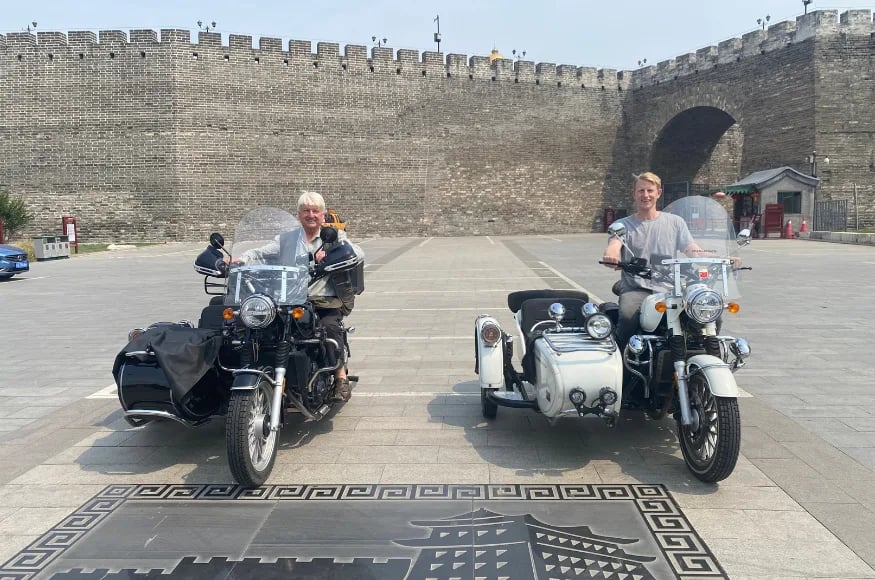
I’ve been blessed to have spent time in China before and to understand somewhat what it’s like to travel there. That is why going with a firm like Lightfoot Travel is so important. You are there to enjoy yourself so let someone else worry about the logistics – of which there are a lot – but once arranged, travelling in China is wonderfully efficient and safe.
The food is incredibly varied and if you just fancy something simple I would usually go with yoghurt, rice, tomato and egg. Oh and when you go swimming do make sure you have a swimming cap – we got caught out a few times not having one of those. And if you do want to ride motorcycles make sure to do so off road if you don’t have a license. Stanley did insist on rounding up the cows one day on the Mongolian plains. I found that language was no longer the barrier it had once been and it was easy to link my overseas credit card to a mobile wallet. I even managed a few minutes on a ‘Boris Bike’.
Practical Tips and Unexpected Lessons

Why You Should Go To China Now
So pack your bags, ignore the headlines, and go to China. Still one of the most alluring and fascinating countries the world has ever known. Soak up its culture and see how amazing it is. To live in this world without visiting China is to hardly live at all.
Photography credits: Max Johnson's own & Canva
Let us plan your
bespoke adventure
Lightfoot Travel creates tailormade itineraries throughout China. Get in touch to plan you bespoke adventure.
Enquire Now
